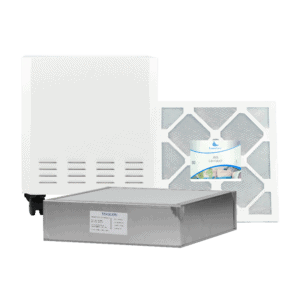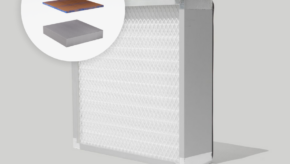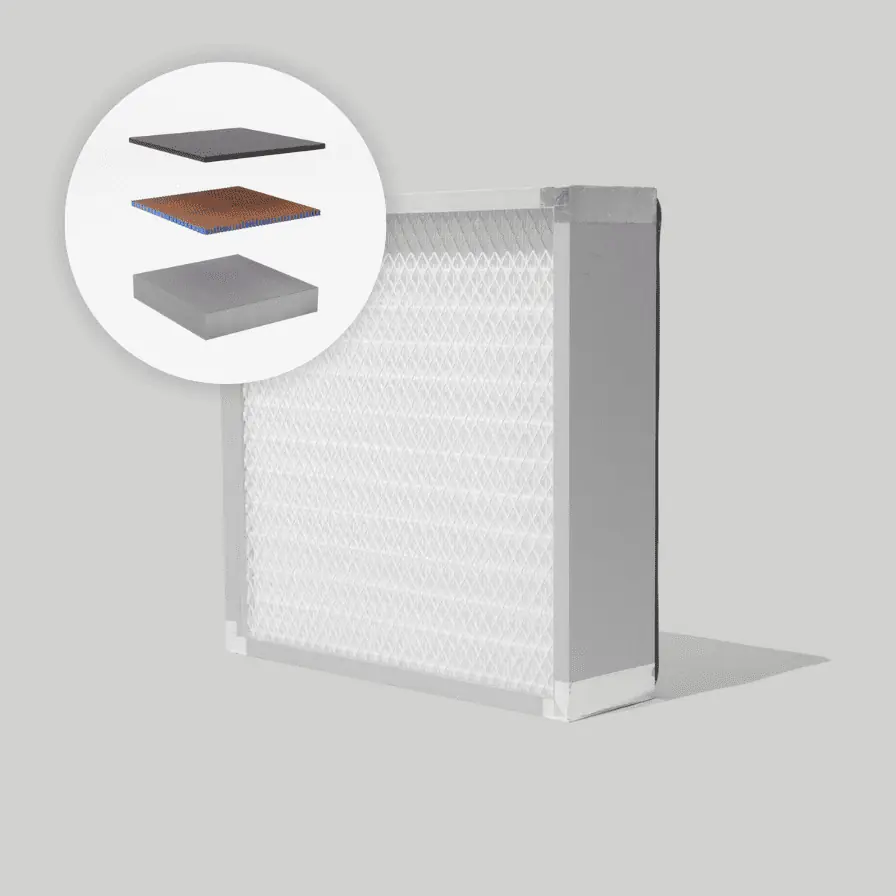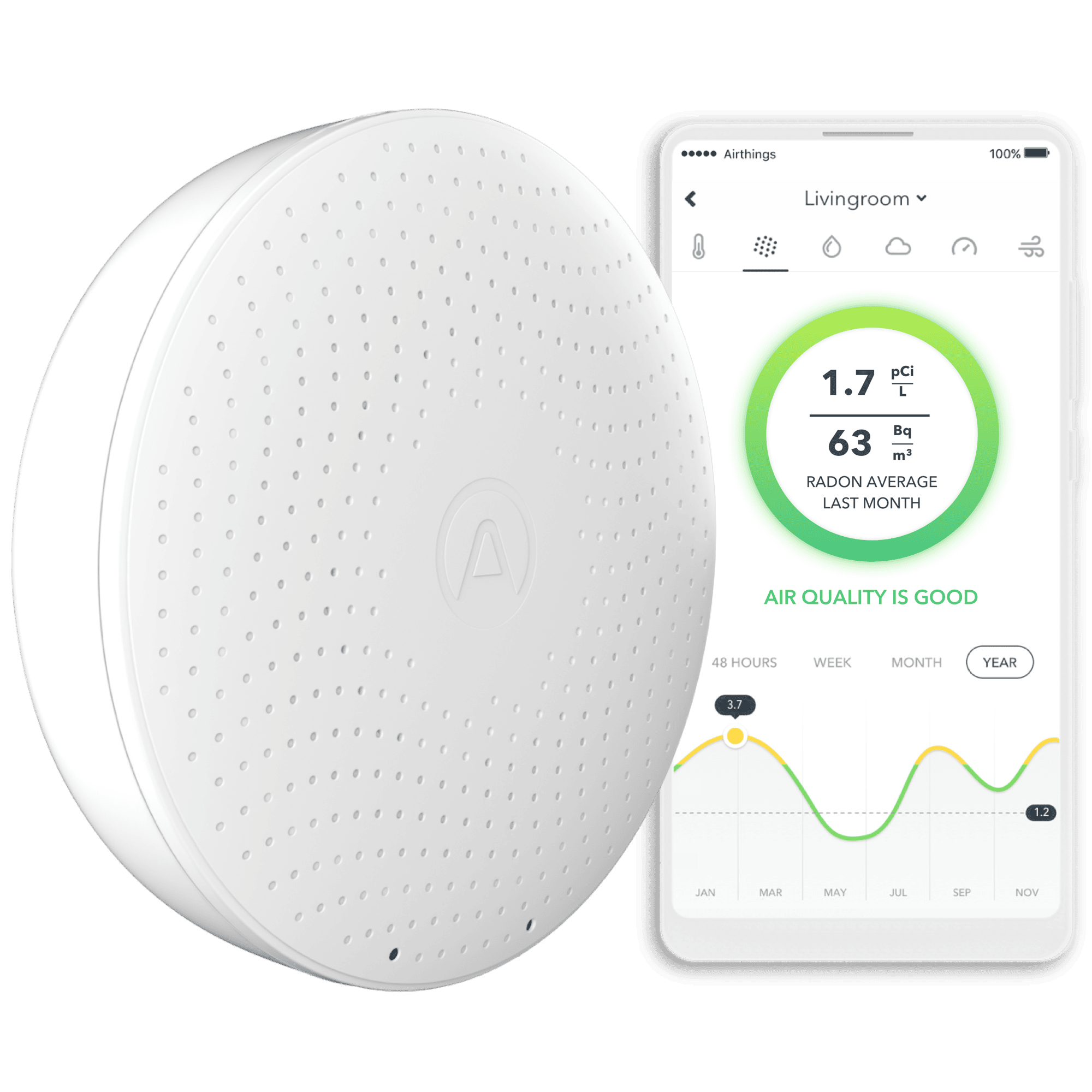Working indoors within an office building has many perks and advantages throughout the day such as comfortable seating, readily usable bathrooms at your disposal, and even air conditioning that is constantly keeping you cool (or warm – depending on your regions climate) during your long hours at work. Many indoor environments and buildings will have tight ventilation that does not allow for air flow to freely come in and be expelled out into the outdoor air and will eventually lead to indoor air quality problems within this space. Some people may experience these indoor air quality issues within their homes or even in their office work building.
Have you noticed that every time you walk inside your work building that your health symptoms start to flare immediately? If symptoms start to progress only when inside the confined space of your work building then it may be time to assess the indoor air quality levels and the specific causes that could be to blame for these indoor pollution problems.
In this article we are going to learn more about sick building syndrome and how the indoor air quality in the workplace can adversely impact an individual’s health, along with the best ways to test for air quality levels indoors.
What is Air Quality
Air quality is a vital component to any indoor space that can potentially have an adverse effect on occupant’s health. This form of measurement is used by government agencies to communicate to the public how polluted the air is in different air spaces, whether that be outdoor air or indoor air. According to the EPA (Environmental Protection Agency), it was found that most Americans on average spend approximately 90 percent of their time indoors, and this indoor air usually contains 2 to 5 times more pollutants in the air than that of outdoor air. During exposure to these indoor spaces, especially for a longer duration of time such as when you are inside a work building for 8 hours during the day.
When it comes to indoor air quality, there are several reasons as to why the pollution concentrations are higher than they have been in recent decades due to factors such as energy-efficient building construction that have created tighter fitted homes with less airflow and ventilation. The problem with these tight fitted homes is that it will ultimately restrict airflow and essentially trap, stale tainted air inside of the home that will contribute to indoor air quality issues.
Building Related Illness & Sick Building Syndrome Causes
The inherent risks when it comes to indoor environments are the potential for hazardous airborne pollutants to form, spread, and infiltrate the indoor air and lead to possible health problems to those occupants in this space that are exposed to this amalgam of pollutants in the air. If you have begun to notice a reaction take place within your body upon the onset of exposure to your office building or any building where you spend large quantities of time this may be the first indicator that something is off inside this space – particularly in regards to the buildings indoor air quality levels. Building related illnesses can be stirred up by these less than optimal conditions within an office building, and these illnesses will be primarily caused by exposure to substances within the airtight infrastructure of a building that contains poor ventilation and therefore restricted airflow.
A group of disorders that form from environmental conditions that are present within a building’s infrastructure, also known as building related illnesses, are directly linked to modern airtight buildings that were designed to be energy efficient. These modernly designed energy efficient buildings will contain sealed windows and rely mainly on HVAC systems to distribute and circulate air flow throughout the space, thus the imminent threat to the air quality levels within this tightly formed building. The symptoms that develop in those occupants in these buildings will vary depending on the specific air quality cause that is hanging in the air of this space, however, symptoms will range from fever, difficulty breathing, runny nose or congestion, headaches, skin problems, and difficulty concentrating, according to Merck Manual.
These developed building related illnesses will be backed by different causes in the environment that will lead to the exacerbation of these specific conditions, whereas the well-known sick building syndrome does not have an identifiable cause or problem. Typically, the various causes behind these building related illnesses will include allergies, mold formation in the building, bacterial infections that originate from contaminated cooling towers, and even in extreme cases cancers from prolonged exposure to carcinogens – reported by EMedicine Health.
Bad Air Quality Symptoms in Office Building
The importance of indoor air quality within homes and office buildings have gained much needed attention as of recently, with the EPA providing more and more information on the potential adverse effects of bad air quality on human health. The reality is that many office buildings will be subjected to significant indoor air pollution sources within this confined space that can include furnishings, occupant activities, housekeeping practices, pesticide applications, and even microbial contaminations. These various factors when present in the indoor space of an office building, especially an office building that is tightly constructed with little to no ventilation and airflow, the levels of indoor air pollution can rise to hazardous levels and lead to health impacts to workers and other occupants. Workers generally have less control over their work environment than they do with their personal indoor environments (like their homes), which can lead to larger numbers of reported health problems within the office building.
As we have discussed previously, occupants that are exposed to the indoor space of an office building for several hours out of the week are more likely to develop certain symptoms related to the building and its air quality problems. According to the Environmental Protection Agency (EPA), occupants in a building with indoor air quality problems may experience the following symptoms;
- Sneezing
- Fatigue
- Headaches
- Dizziness
- Nausea
- Irritability
- Burning mucous membranes in the nose, eyes, and throat
- Forgetfulness
- Stuffy or runny nose
Are You Working in a Dirty Office?
Did you know that your office can be dirty without even appearing to be dirty? It might appear as though the surfaces throughout your office are sparkling clean, with little or no dirt/dust on the counters and flooring. However, just because the surfaces in this environment are clean, does not mean that the office is clean. Indoor air pollution is often an overlooked aspect of a clean environment, nearly because of the fact that you cannot see airborne pollution with the naked eye. Airborne pollution can include noxious and toxic chemicals and odors, allergens, and other fine particulate matter that will easily travel throughout the confined indoor air space. Depending on the specific indoor air pollutants that are present in your office buildings air space and the levels of these different pollutants it can lead to certain health effects including respiratory issues.
Office buildings can often times have improper air filtration that will ultimately result in an unsafe environment for employees due to the increase of pollution in the indoor environment. When it comes to indoor air pollutants that will compromise indoor air quality, these pollutants will include biological contaminants, chemical pollutants, and particles that freely float in the air and exacerbate health symptoms with prolonged exposure in the dirty office space.
Harmful Working Conditions
The working conditions inside of your work’s office building will be a major influence on the health of those workers that reside as occupants in this indoor space 8 to 10 hours a day. The various airborne pollutants that are potentially present in the air of an office building will negatively spark reactions in the health of those that are greatly exposed to this indoor air – especially when it comes to biological contaminants, chemical pollutants, and particles that are in the air space.
Below we are going to learn more about the harmful working conditions and air quality problems in this office building that will lead to the compromised workspace.
- Biological Contaminants: Bacteria, viruses, fungi (including molds), dust mite allergens, animal dander, and pollen will all be considered biological contaminants that can infiltrate and compromise indoor air quality. These biological contaminants can be caused by various sources in an indoor space that will include maintenance and housekeeping, water spills, inadequate humidity control, condensation, and even the building occupants and ventilated air that can bring in these airborne pollutants into the air.
- Chemical Pollutants: Airborne chemical pollutants that will find their way into your office buildings air space can vary. The most common chemical pollutants found in office building will range from tobacco smoke, chemical emissions from products found in this office building (office equipment, wall and floor coverings, and cleaning products), and accidental chemical spills that occur in the workspace.
- Particles: Particulate matter can be solid or liquid substances that are light enough to be suspended in the air, and most of this particulate matter in the air will be undetectable to the human eye. Those smaller particulate matters can be extremely hazardous to human health when ingested or inhaled into a person’s body. Particulate matter like dust, dirt, and other substances may be swept into the indoor air space of an office building and lead to the build-up of pollutants in the indoor air.
How to Test Air Quality at Work
When it comes to measuring air quality in the indoor air space of an office building there are multiple airborne pollutants that you will want to look for and measure in the indoor air. The various airborne pollutants to measure in the air of a commercial environment like an office building will include radon detection, temperature, air pressure, humidity, TVOCs, and CO2. When it comes to measuring and testing indoor air quality in indoor environments, this can be one of the most important steps to preventing illnesses and increasing productivity, energy, and good health among workers in these indoor office buildings.
Typically, indoor air quality measuring devices will give a complete detailed report that displays an overview of the air quality in your space. There are a variety of different ways to have your commercial indoor air quality tested for pollutant levels, and these main methods of testing indoor air quality will include lab testing and indoor air quality monitor testing.
Indoor Air Quality Testing Procedures
The two main types of indoor air quality testing procedures and methods that are used currently today will include indoor air quality lab testing and indoor air quality meters. Indoor air quality lab testing is a highly effective but cost-heavy home air quality testing procedure that is conducted to measure air pollution in office buildings and other indoor environments. Generally, indoor air quality lab testing will cost anywhere between $300 to $600, depending on the size of your home or office building – office space will usually be more expensive to test than a home because it will typically contain more square feet of space. Whereas an in-home indoor air quality meter can be a fast-acting, effective measurement device to read the indoor air pollution levels in a specific environment.
The Airthings Wave Plus is the first battery-operated smart IAQ monitor with Radon detection, including sensors for temperature, air pressure, humidity, TVOCs, and CO2. Building managers and other maintenance staff in office buildings can effectively gain a complete and detailed overview of the air quality in their indoor space using the Airthings Dashboard that will export the data from the Airthings meter. This easy to use indoor air quality meter can be placed in nearly any indoor environment to monitor the air pollution levels. Employers can quickly adopt these indoor air quality meters to help enhance performance, health and happiness of the workers.
Air Purifier for Office
The indoor air space of your office environment can be significantly compromised, as we have learned throughout this office. Airborne pollutants can be found throughout different air spaces, including indoor environments like buildings and homes. If you and other coworkers have started to become affected by the indoor air pollution present in the indoor air, then it may be time to start integrating indoor air quality solutions to mitigate these indoor pollutants. Some of the most effective air quality solutions to use inside of a commercial indoor space like an office building will consist of an air purifier. Air purifiers are devices that work to clean the indoor air quality and reduce the pollutant levels within the indoor air, and each of these various air purifiers will contain different technologies and therefore different capabilities when it comes to cleaning the indoor air of your office.

The EnviroKlenz Air Purifier is a revolutionary air purification device that works through a proprietary earth mineral technology for noxious and toxic chemical and odor neutralization in the air space of the treated environment. This patented EnviroKlenz technology contains the capability to capture, contain, and neutralize a variety of noxious and toxic chemicals and odors from the air without the use of chemicals or masking agents, unlike many other air purification technologies. Along with the use of a second stage of filtration that involves the use of a hospital-grade HEPA filter for fine particulate matter removal of particle larger than 0.3 microns in size. Ultimately, this all-encompassing air purifier can be a great asset to have in your office building or any indoor space to both protect the occupants of this space and maintain optimal indoor air quality levels.
Article Sources:









